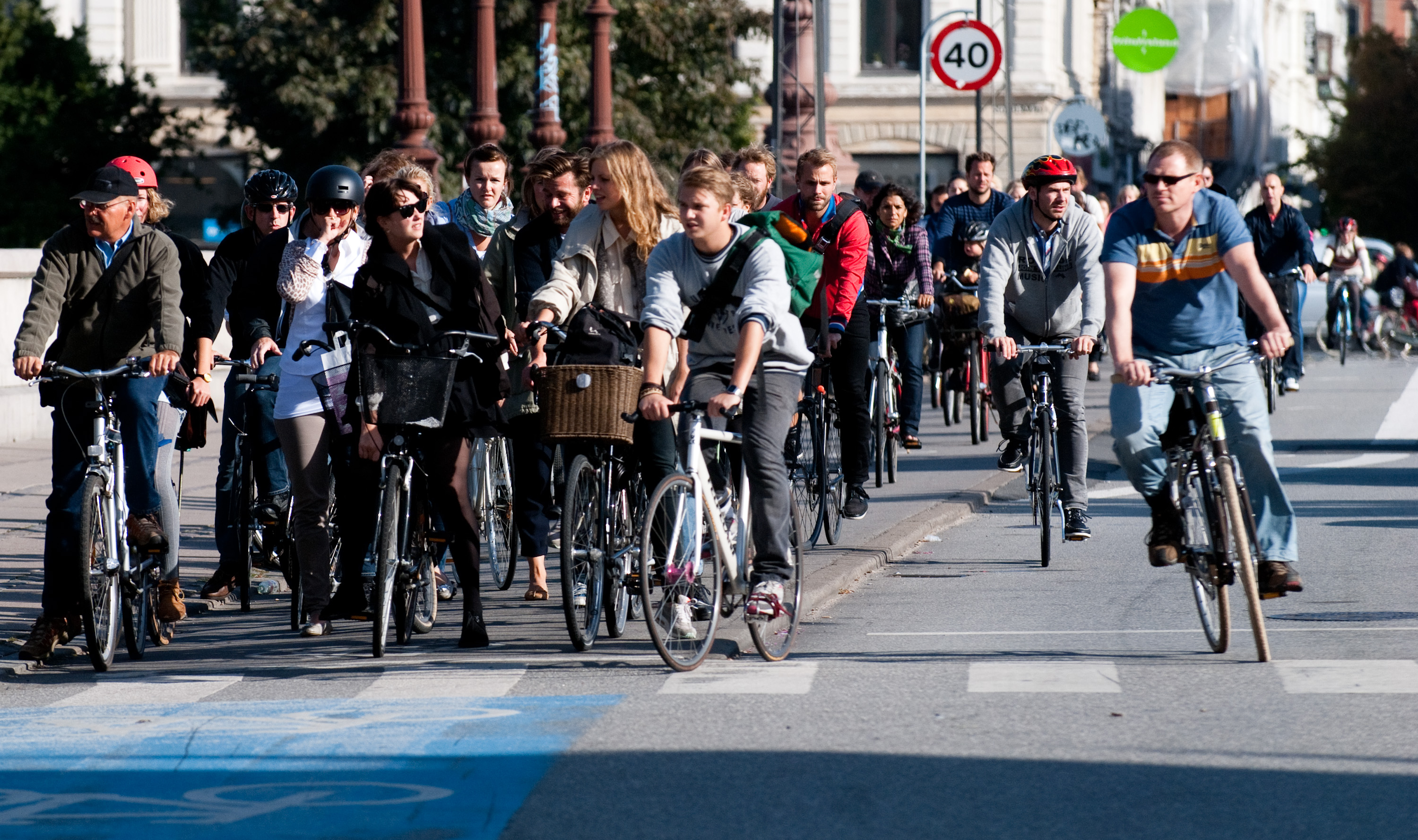Hejsa!
 |
| O ônibus que normalmente pego |
Hoje vou falar um pouco sobre como são os transportes aqui! Primeiro, falarei dos ônibus, depois dos trens, dos carros, bicicletas, e por fim, andar. No
post anterior falei um pouco sobre a escola, e mencionei que sempre pego o ônibus para ir lá. Aqui os ônibus são de responsabilidade das empresas de transporte locais (trafikselskaber), e aqui ela é a Sydtrafik. Cada região tem uma diferente, e isso influencia na aparência dos ônibus, nas tarifas e em outras coisas. Existem três maneiras de pagar pelo transporte: comprando a passagem na hora, usando um Rejsekort, ou apresentando um Ungdomskort. Mas o que são eles?
O Rejsekort é um cartão pré-pago que pode ser usado no país inteiro, em ônibus e trem, e ele te dá um desconto sobre o bilhete normal, de acordo com o tipo de cartão que você tem.
O Ungdomskort (o que eu tenho) é um cartão que você paga umas 12 DKK (8 reais) por dia para poder viajar de graça e sem limites dentro de uma certa área. Ou seja, se quiser visitar um amigo que mora dentro dessa sua área, você pode ir pra lá de graça! E tem mais: pra ir pra qualquer outra zona no país inteiro, há um desconto de 50% :D
 |
| Zonas do Ungdomskort |
Uma coisa boa sobre os ônibus aqui é que eles costumam não atrasar muito, e seguem religiosamente o trajeto; além disso, há um aplicativo chamado Rejseplanen, que contém dados de todos os ônibus e trens do país INTEIRO, ou seja, ele é literalmente um salvador quando você precisa voltar pra casa ou ir pra algum lugar!
Além dos ônibus, temos também os trens; há linhas férreas por todo o país e dá pra ir de qualquer cidade grande pra outra por ele sem problemas. Por todo o país existem cinco tipos de trem, sendo que a maioria é da DSB, principal empresa de transportes ferroviários e que antes era do governo. São eles:
- InterCity, que é entre as maiores cidades e para em todas as estações no caminho;
- InterCityLyn, que é igual ao primeiro mas para menos;
- Regional, que é um pouco mais devagar, para mais e tem menos conforto no trem;
- S-tog, que é o trem regional da região de Copenhague
- Finalmente, os trens da Arriva, a outra operadora de trens

 |
| Mapa das rotas de trem da Dinamarca |
Mas vale notar que, apesar do custo para se ter um carro aqui seja alto (a taxa de registro de um carro é de até 180% do seu valor e a gasolina custa R$6 por litro), muitas pessoas tem carros e os usam para viajar, ir ao trabalho, e até mesmo vir para a escola, pela conveniência que ele proporciona e para não terem que depender dos ônibus, trens e bicicletas. Por isso, muitas obras como a ponte do Vejlefjord por aqui foram construídas e ampliadas para poder comportar o cada vez maior tráfego de carros e caminhões que há por aqui.
 |
| Num país como a Dinamarca, feito de uma península e duas ilhas principais, pontes são muito importantes para manter o país conectado. Três das principais pontes são: acima, a ponte do Vejlefjord, a mais movimentada do país; abaixo à esquerda, a ponte do Lillebælt, interligando a Jutlândia (península) a Fyn (ilha do meio); à direita, a ponte do Storebælt, interligando Fyn a Sjælland (ilha onde fica Copenhague), e que é a ponte as maiores torres de sustentação fora da Ásia. |


Não podemos deixar de citar também o papel das bicicletas! A Dinamarca, junto com os Países Baixos, são famosos por fazerem largo uso de bicicletas e a fazer a infraestrutura para o bom uso delas. Por aqui, muitas estradas movimentadas têm uma pista especial para bicicletas paralela à estrada principal, e praticamente todas as ruas principais nas cidades têm faixas exclusivas de bicicletas. Muitos a usam para ir ao trabalho ou à escola (eu por exemplo), e em Copenhague, quase metade dos trabalhadores a usam para ir ao trabalho, 45% pra ser mais exato.
 |
| A bicicleta que uso (com detalhe do outono) |
 |
| Hora do rush em CPH |
E por último mas não menos importante, aqui é muito comum andar para ir à lugares, não só para pequenas distâncias (menos de 1km). Tanto que toda cidade de médio a grande porte tem seu p
rincipal ponto de compras em uma rua de pedestres à céu aberto, ou gågade em dinamarquês. É lá ou nos seus arredores que muitas coisas acontece e onde é possível comprar muitos tipos de artigos, como comida (sempre há um supermercado), roupas, artigos de beleza, entre outros, e normalmente toda gågade tem um conjunto de lojas que estão presentes em todas as cidades, por coincidência ou porque elas realmente são o centro de compras da cidade!
Espero que tenha sido um artigo informativo sobre como as pessoas vão de um lugar ao outro por aqui :)
Vi ses!




























